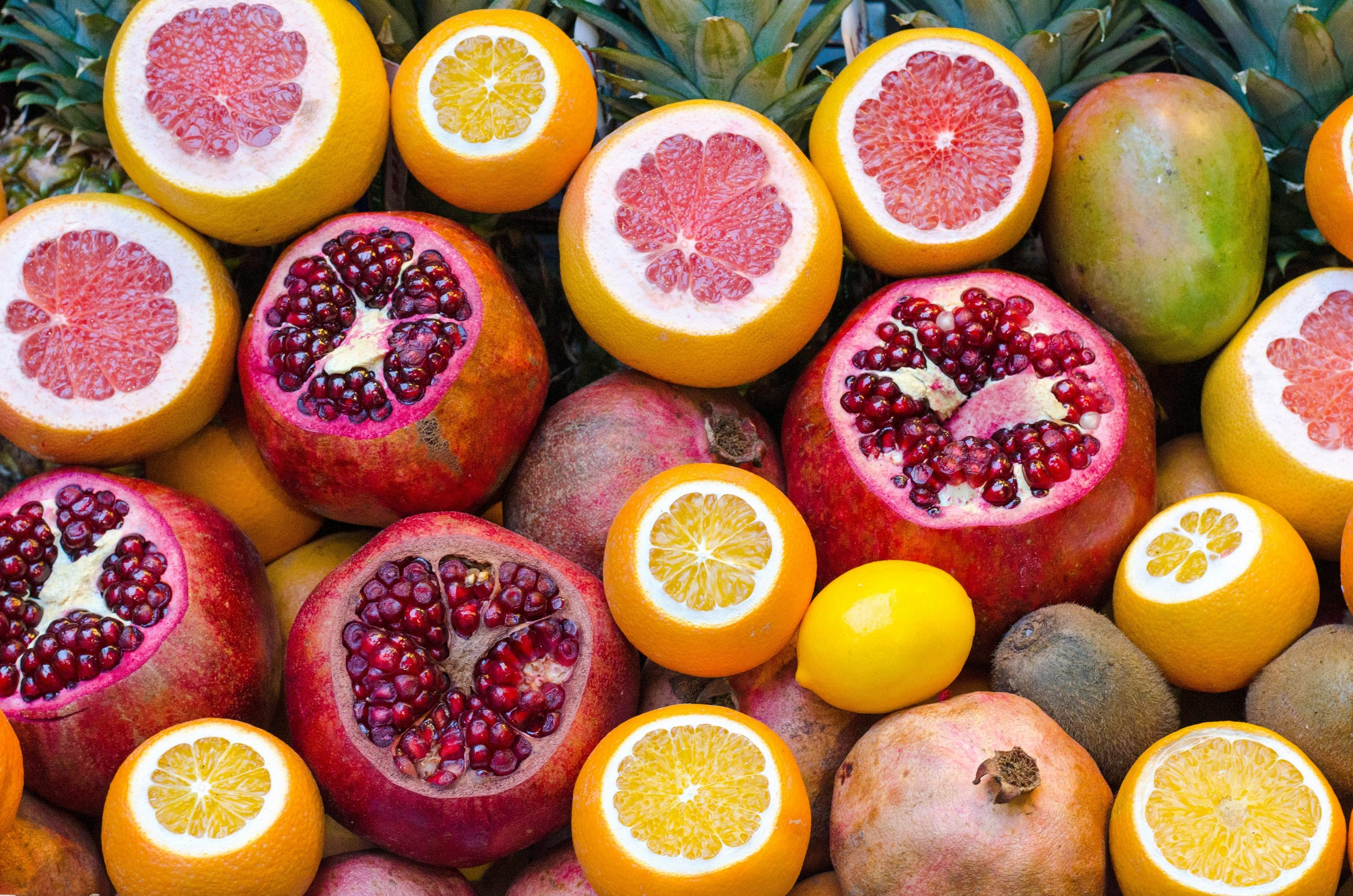Upcycled Food Revolution: Turning Waste into Gourmet Delights
It’s no secret that food waste is a major problem in the world. According to the United Nations, around one-third of all food produced globally goes to waste, amounting to approximately 1.3 billion tons per year. This not only puts a strain on our resources, but it also has a significant impact on the environment.
The Upcycled Food Revolution
Thankfully, a solution has emerged in the form of the upcycled food revolution. Upcycling is the process of taking discarded or unused materials and repurposing them into something of higher value. In the case of food, this means using food scraps and byproducts that would typically go to waste and turning them into new products with a longer shelf life. This not only reduces food waste but also provides a source of income for farmers and food producers.
The Benefits of Upcycling Food
One of the main benefits of upcycling food is its positive impact on the environment. By utilizing food that would otherwise go to waste, the production of new ingredients is minimized, reducing the need for land, water, and energy. This, in turn, helps to lower greenhouse gas emissions and combat climate change.
Additionally, upcycling food can help to alleviate food insecurity, as it provides a source of food for those who may not have access to a variety of nutritious options. This is especially significant in developing countries, where food waste and hunger are both prevalent issues.
Turning Waste into Gourmet Delights
One of the most exciting aspects of the upcycled food revolution is the gourmet delights it’s creating. Chefs and food manufacturers are taking food scraps and byproducts and turning them into delicious, high-quality products that are both sustainable and delicious.
For example, ReGrained, a food startup, uses spent grain from beer production to create gourmet snack bars. Misfit Juicery turns “ugly” fruits and vegetables into cold-pressed juices, and Toast Ale makes beer from discarded bread. These innovative products not only taste great but also contribute to reducing food waste and promoting sustainable practices.
Challenges and Future Outlook
Despite its many benefits, the upcycled food revolution does face its fair share of challenges. One significant issue is consumer perception. Many people are still hesitant to try foods made from waste, even though they are safe and delicious. Education and awareness are crucial in changing this mindset and promoting the value of upcycled food.
The future of the upcycled food revolution looks promising. According to a report from ReFED, a national nonprofit dedicated to reducing food waste, the potential market for upcycled food is estimated to be $46.7 billion in the United States alone. With more companies and consumers becoming aware of the benefits of upcycling, the demand for these products is expected to increase dramatically.
In Conclusion
The upcycled food revolution is a game-changer in the fight against food waste and environmental degradation. By turning waste into gourmet delights, this movement is proving that sustainability and delicious food can go hand in hand. With its many benefits and promising future, it’s safe to say that the upcycled food revolution is here to stay. So the next time you see a product made from food scraps, give it a try and do your part in reducing food waste. Your taste buds and the planet will thank you.




